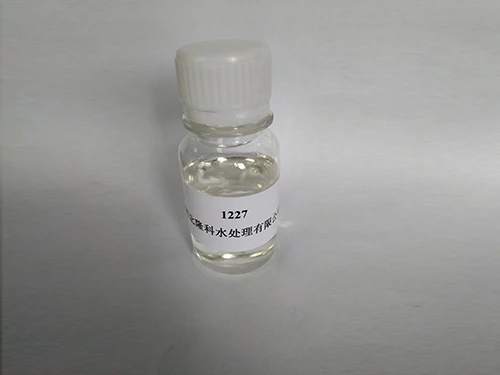polymaleic anhydride
Understanding Polymaleic Anhydride Properties, Applications, and Significance
Polymaleic anhydride (PMA) is a polymer derived from maleic anhydride, which is a cyclic anhydride that plays a crucial role in the production of various polymers and copolymers. Known for its versatility, PMA has garnered attention across multiple industries due to its unique chemical properties and beneficial applications. In this article, we explore the fundamental characteristics of polymaleic anhydride, its synthesis, and its diverse applications.
Chemical Properties
Polymaleic anhydride is a linear polymer characterized by the repetition of maleic anhydride units. This structure imparts several important chemical properties, such as high reactivity and the ability to form stable complexes with a variety of substances. PMA is soluble in polar solvents and exhibits a high degree of adhesion to various substrates. Its functional groups allow for reactions that can modify its characteristics, leading to the development of tailored products for specific needs.
One of the standout features of PMA is its ability to serve as a chelating agent, which means it can bind metal ions effectively. This property makes it incredibly valuable in industries that require the sequestration of metal ions, such as water treatment and agricultural applications.
Synthesis of Polymaleic Anhydride
The synthesis of polymaleic anhydride typically begins with the polymerization of maleic anhydride itself. Maleic anhydride can undergo free radical polymerization under controlled conditions to produce PMA. The process involves the initiation of the polymerization reaction, where the temperature and pressure are carefully monitored to ensure a uniform product.
The resulting polymer can be purified and modified through various methods, such as hydrolysis or transesterification, to achieve desired properties. These modifications can significantly enhance the application range of PMA, allowing it to meet the specific requirements of different industries.
Applications of Polymaleic Anhydride
polymaleic anhydride

PMA's unique properties make it suitable for a wide array of applications
1. Water Treatment One of the most prominent uses of polymaleic anhydride is in water treatment processes. PMA effectively inhibits scale formation in cooling systems and boilers by sequestering calcium and magnesium ions, thereby preventing deposit accumulation. This helps in maintaining the efficiency of equipment and reducing maintenance costs.
2. Agriculture In agriculture, PMA acts as a dispersant and stabilizer for fertilizers and pesticides. By improving the solubility and biodistribution of these chemicals, PMA enhances their effectiveness while also minimizing environmental impact. The use of PMA can contribute to more efficient crop yield and sustainable practices.
3. Additives in Paints and Coatings The adhesion properties of PMA make it an excellent additive in paints and coatings. It improves the durability and performance of these products, ensuring better finish and resistance to environmental degradation. This makes PMA invaluable in industries where longevity and aesthetic appeal are critical.
4. Pharmaceuticals In the pharmaceutical realm, polymaleic anhydride is used as a component in drug delivery systems. Due to its ability to form complexes with drugs, PMA can enhance the solubility and bioavailability of poorly soluble compounds, thereby improving therapeutic efficacy.
5. Cosmetics The cosmetic industry also benefits from the use of PMA, where it is employed as a thickener and stabilizer in various formulations. Its compatibility with diverse ingredients allows for the creation of stable and effective cosmetic products.
Conclusion
Polymaleic anhydride is a versatile polymer with a range of impactful applications across numerous industries, including water treatment, agriculture, pharmaceuticals, and cosmetics. Its unique chemical properties, particularly its ability to interact with metal ions and other compounds, render it an essential component in many formulations. As research continues and technology advances, the potential applications of polymaleic anhydride are likely to expand further, solidifying its importance in both existing and emerging fields.
In summary, understanding PMA and its properties not only highlights the ingenuity of polymer chemistry but also underscores the significance of polymers in solving real-world challenges across various sectors.
-
Water Treatment with Flocculant Water TreatmentNewsJun.12,2025
-
Polymaleic AnhydrideNewsJun.12,2025
-
Polyaspartic AcidNewsJun.12,2025
-
Enhance Industrial Processes with IsothiazolinonesNewsJun.12,2025
-
Enhance Industrial Processes with PBTCA SolutionsNewsJun.12,2025
-
Dodecyldimethylbenzylammonium Chloride SolutionsNewsJun.12,2025





